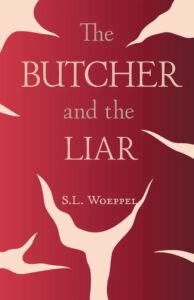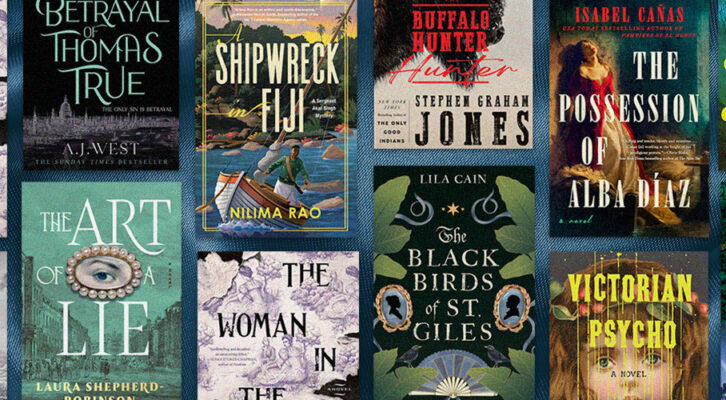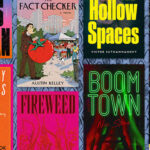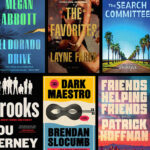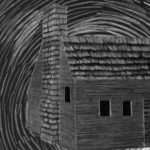Human capacity for dealing with trauma is far reaching. The mind is a deep well and its capacity for coping and healing can manifest in a multitude of ways. Tools for enduring are diverse and sometimes unexplainable. Fiction is the perfect avenue to explore the exceptionalism of the human mind and its ability to evolve, create, survive, and to linger after death.
Maybe I just have a thing for ghosts. I’m not sure I even believe in ghosts, not for real. Yet in fiction, I’m a fan. Now, I’m not talking about the scary horror ghost that exists to kill or harm. No, I gravitate towards the ghosts, scary or not, that exist to teach us something (like in A Christmas Carol), to be a manifestation of guilt (like in Beloved), or to complete some kind unfinished business (like in The Mediator Series).
My novel, The Butcher and The Liar uses the trauma ghost. The trauma ghost represents the legacy of past suffering and its nasty habit of enduring in our subconscious. It emerges to force the protagonist to face what it is they did, didn’t do, or something that was done to them. It can also represent the enduring presence of someone or something that has been lost.
The trauma ghost presents in a multitude of forms. I’m pretty lose with my classification here. Often, it’s the traditional form – a person who has died but whose soul remains. The ghost can also be a living character, a person whose very existence is a constant reminder of trauma (i.e. an assaulter who remains in the life of the victim). The trauma ghost could also be a creature or animal the protagonist assigns memory or meaning to, (i.e. a wild animal that appears and lingers after the death of a loved one). Sometimes the ghost presents as an iconic figure representing an idea or concept of something greater – like an angel or the personification of death. The trauma ghost may just be in the character’s own mind, or the ghost may be the protagonist themselves. The haunting can be real or imagined as long as it’s the manifestation of the legacy of trauma. I’m a sucker for all of it in storytelling, and if done effectively, it can elevate a work of fiction, build conflict and suspense, opening the novel up to a whole new lane in storytelling.
In my dual timeline psychological thriller, The Butcher and The Liar, Daisy learns that her father is a serial killer. To ensure her silence, he involves her in his depravities, inflicting a lifelong burden of shame and guilt. After her first introduction to her father’s evil, a ghost (Marina) appears in Daisy’s room and stays with her… for years. While Marina is a manifestation of Daisy’s shame, she’s is also a central character, a person also haunted by a past – one that led to her demise. As they antagonize each other and work daily to rid themselves of each other, they eventually come realize they are all each other has. The convergence of their individual pasts serves to build suspense, culminating in a twisty, dark and atmospheric take of familial legacy, the duality of people, and the nature of redemption.
Here are some novels across genres with conventional and unconventional trauma ghosts.

The Invisible Life of Addie LaRue by V.E. Schwab
Not a haunting story, you say? I would argue that it is. This beautifully crafted, eerie and atmospheric tale is all about the burden of the past, a decision (i.e. a deal with death) that is carried through the centuries by Addie. Her conflict with Death is the key element of suspense in the novel. And with interaction, that legacy of past trauma, of regrets, is reinforced.

Ask for Andrea by Noelle W. Ihli
This suspense filled thriller is from the perspective of the ghosts. Three women are killed by the same man. Now they have unfinished business, and they won’t stop until they get justice.
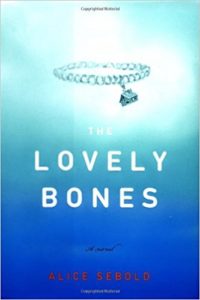
The Lovely Bones by Alice Sebold
Sebold’s novel follows Susie after her own grisly murder as she helps her family heal from the trauma of her death. She must also address her own ability to accept her death and let go of her old life.

Jane Eyre by Charlotte Bronte
Bronte uses Bertha (Rochester’s wife) as his living trauma ghost, and then Jane’s by extension. Bertha’s very existence is what creates conflict in the love story, what keeps Jane and Rochester apart – a lingering burden of Rochester’s past. It’s not until she is gotten rid of that they can be together.
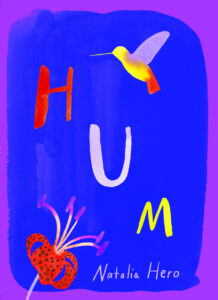
Hum by Natalia Hero
Hero writes a novella of healing where something beautiful is born of trauma as a way of coping. In this story, a woman “births” a bird after a terrible assault and must care for it.
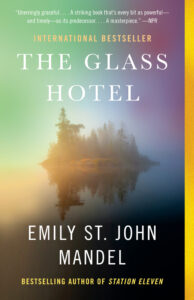
The Glass Hotel by Emily St. John Mandel
Mandel uses the presence of ghosts in multiple instances, both to remind the characters of their misdeeds, but to also communicate, to deal with unfinished business.

Ghost Story by Peter Straub
The story follows the individual pasts of four elderly men who, as youth, committed an act that still haunts them. Eva, a paranormal shapeshifter, torments the old men.
***


